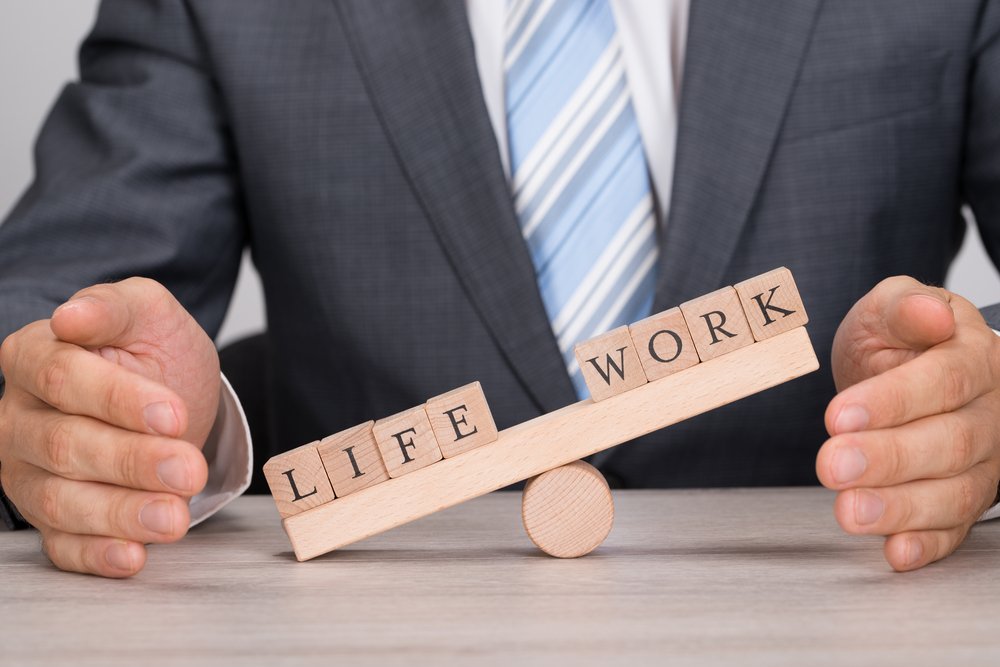6 Simple Strategies to Keep Decision Fatigue at Bay
Recently I was helping a friend and fellow business owner pick out fabric for a new sofa. We’d both taken a lunch break in the middle of a busy work day to meet with the designer and pick materials. Just before she arrived we laughed as we compared the number of phone calls, texts and emails that had come through in the past hour alone.
The designer, a friendly, vivacious woman, arrived and proceeded to spread out about 30 different fabric swatches in various patterns and colors. I was stuck. We were both stuck. Instinctively I started removing swatches and setting them to the side until we had only a few left to choose from. Although this helped, we both ended up delaying the final decision until the weekend.
With everything we’d already been working through that day in our respective businesses, neither of us could make a great decision in the moment. What seemed like a relatively simple choice was, in that moment, overwhelming. We gave the designer some general guidance on the fabric and choose to make the final decision later.
If you’ve ever found yourself struggling to make even a seemingly simple decision, you may very well be suffering from decision fatigue.
What is Decision Fatigue?
In decision-making and psychology, decision fatigue refers to the deteriorating quality of decisions made by a person after a long series of decision-making. It’s extremely common, especially for business owners, managers and entrepreneurs who face many decisions large and small over the course of a day.
Decision fatigue is now understood as one of the causes of irrational trade-offs in decision-making. It helps explain why otherwise perfectly reasonable people make poor choices such as making a decision at work that they later regret or exploding at their spouse over something seemingly small at the end of the day.
How Decision Fatigue Happens
When we are well-rested and alert, we tend to make the best decisions we can with the information available to us. Those decisions also tend to come more easily. But as we face more and more choices throughout the day, our minds become tired and the quality of our decisions deteriorates.
Decision fatigue is not like physical fatigue. You probably don’t feel tired. But your decisions become distinctly less rational. This can lead to bad decision-making without us even realizing that’s what is happening, often until it’s too late.
When there is a sequence of decisions to make, the greater the effort required for each decision, the greater will be the decay in decision quality.
It’s been demonstrated repeatedly that decision fatigue can lead to paralysis and overwhelm our daily lives. In one study that reviewed 1100 parole cases in Israeli prisons, researchers found that prisoners were more likely to get paroled if they appeared before judges first thing in the morning.
The study actually found a huge disparity, with prisoners appearing in the early morning being paroled about 70 percent of the time, while those who were up before the judges late in the afternoon received parole less than 10 percent of the time.
On the one hand, choices give us freedom and offer us incredible possibilities to be grateful for, especially for the important things in life. The challenge arises when we are constantly faced with decisions throughout our day. Even a series of smaller choices like what to eat, what to wear, whether to respond to email now or focus on other work we’d planned can lead to fatigue. This is not to mention the bigger decisions such as how we respond to an important email or what choices we make regarding a project at work.
Over time, decision fatigue in fact becomes overwhelming. It not only impacts the quality of our decisions but it gets in the way of us being present enough to do our best work and live our best lives.
It’s no surprise that what many of us want to do by the time we get home is veg out. So much for exercise, planning a healthy meal or having an engaging conversation with our partner or a friend. Our brains are filled to capacity. and can no longer function enough to even make the decision to eat a healthier dinner.
Every day, remember that you have a finite supply of energy for making decisions. If you’re feeling cranky or worn out at the end of the day, consider where you may be giving yourself too many options on a daily basis.
If you’ve been suffering from decision fatigue, here are 6 tools you can try for an immediate shift:
- Try a decision detox. You can do this by limiting your options. Take a look at your day. Where are the places you are getting overwhelmed by too many choices? Where can you reduce or limit your options? Try giving yourself (or your team or your client) no more than 3 options to choose from. How can you avoid putting yourself in the position where you are faced with making too many decisions at the same time or close together?
- Take the path of least resistance. For small or more immediate decisions, try choosing what’s simplest. If you’re faced with moving through a to-do list with a bunch of actions that have a low to medium priority, ask yourself what is the easiest thing to do right now. What makes you feel less overwhelmed? Go ahead and do several of those things in the time you have rather than spend that time debating what’s more important and getting nothing done.
- Make your most important decisions early in the day. Plan your most challenging decisions first thing in the morning when you are fresh. You aren’t worn out from the day so your mind will be clearer. Perhaps one decision is simply to choose the 3-5 most important things you need to accomplish that day. Give it a try. Studies show that you’ll make your best decisions early in the day when you’re well-rested.
- Let good enough be good enough. Try the mantra: done is better than perfection. We all want to deliver quality work – whether for our customers, our colleagues or our families and friends. But beware the tendency to try to perfect your work. This can be a form of procrastination in disguise. The majority of our tasks don’t need or warrant perfection. You could even argue that perfection gets in the way of us being efficient or effective. Try good enough and let it go. You can always revisit a project or deliverable if you feel it needs improvement at a later date.
- Avoid compartmentalizing work and life. For those of you who are entrepreneurs, you probably realized long ago that it isn’t really possible to compartmentalize your life and your business. The decisions we make in and on our business affect the decisions we make in our personal lives and vice versa. This is really true for all of us. The decisions we make at home impact the decisions we make at work and vice versa. If you simplify or minimize some of the decisions facing you at home, this can make the work day decisions easier. This works the other way around as well. What decisions can you make easier or even pass off to others? Where are you dedicating mental energy to decisions that are not really all that important?
- Just say no. In a world of interesting choices, many of us have a fear of missing out. We don’t want to miss that concert. We don’t want to be left out of an evening with friends. We want to be a part of the new project at work. But when it comes to getting your most important things done, you’ll need to say “no” to some things that are not your most important things. Some weeks, that evening with friends may be on your most important things list. But if you say “yes” to everything else, you’re essentially saying “no” to your top priorities, to those things that are most important in your business and your life. Give yourself permission to politely say no. It’s ok to let that person or organization know you don’t have the bandwidth right now.
Give these tools a try. Commit to minimize those things that put you at risk for decision fatigue and set yourself up for an immediate boost in energy and productivity. You’ll be on your way to quicker smarter decisions throughout your day in no time.
If you enjoyed this post and would like help streamlining decisions facing you, contact me directly to see if you qualify for a complimentary strategy session.
You can also learn more about me, read more blog posts, download free tips to create a business and a life you love, or check out the stories of people who have worked with me.








